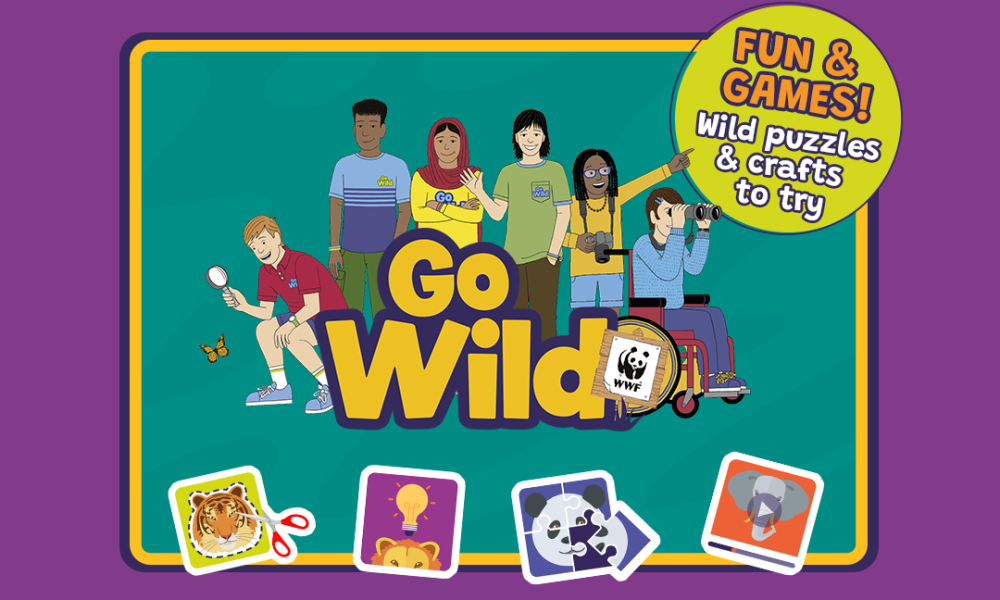Top 10 facts about bees

1. Busy pollinating bees
Almost 90% of wild plants and 75% of leading global crops depend on animal pollination. One out of every three mouthfuls of our food depends on pollinators such as bees. Crops that depend on pollination are five times more valuable than those that do not.

2. Honey I’m home!
Social bees, such as honeybees and bumblebees, often live in hives or nests, above or below the ground, while most solitary bees nest in the ground. Bees can be found in so many locations, some surprising. These include marshes, shingle, sand dunes, soft cliffs, heathlands, wetlands, chalk grasslands, quarries, gravel pits, sea walls and even post-industrial land.

3. UK Bees are being helped by a B-Line transport system
Imagine trying to travel around Britain without our road and rail network. Or imagine if nine out of every ten miles of road just didn’t exist – life would be impossible! B-Lines are an imaginative and beautiful solution to the problem of the loss of flowers and pollinators. The B-Lines are a series of ‘insect pathways’ running through our countryside and towns. They link existing wildlife areas together, creating a network, like a railway, that will weave across the British landscape.

4. Bringing a bee back to life
If you find a bumblebee which appears to be struggling, it may be that it is just resting, particularly if the bee is a queen in early spring. If you think the bee is struggling the best thing to do is gently put the bee onto a bee-friendly flower.
If there are no bee-friendly flowers around, mix 50/50 white sugar and water to give the bumblebee a one-off energy boost, providing the carbohydrates it needs to fly. Simply offer a drop or two of sugar water up to the front end of the bee on a teaspoon or an upturned drinks cap in a sheltered place and allow the bee time to recuperate.
(It is not advisable to use brown sugar as it is harder for bees to digest and don’t give bumblebees honey as this can contain pathogens.)

5. Anyone, including you, can help a bee out
We can all do our bit to help bees whether that’s in our gardens, balconies or windowsills. You can also chat to friends and family about how cool bees are and help them to make their wild spaces bee-friendly.
Plant a range of flowers in your garden so bees have access to nectar from March to October. Bees love traditional cottage garden flowers and native wildflowers, like primrose, foxglove, and marigolds.

6. Bees actually have four wings
The two wings each side hook together to form one larger pair when flying and then unhook when they’re not flying.

7. Bee Gees
Honeybees have a dance move called the ‘waggle dance’. It’s not actually a dance move at all, rather a clever way of communicating between themselves to tell their nestmates where to go to find the best source of food. It took the researchers at Sussex University two years to decode the waggle dance.

8. The Brainy Bunch
The buff-tailed bumblebee has a brain the size of a poppy seed. Which is incredible given the fact scientists have managed to train them to score a goal in ‘bee football’ in return for a sugary treat. Quite unbee-lievable!

9. They have surprisingly smelly feet
Scientists from the University of Bristol have discovered that bumblebees have the ability to use their ‘smelly footprints’ to distinguish between their own scent, the scent of a relative and the scent of a stranger. This means they can improve their success in finding food and avoid flowers that already have been visited.

10. A dinner for Queens
If the queen bee dies in a honeybee hive the workers can create a new queen bee. They do this by selecting a young larva and by feeding it special food called ‘royal jelly’ the larva will develop into a fertile queen.
Watch our YouTube video about Bees

Go Wild - WWF'S club for kids
There’s loads to discover, from fun facts, puzzles and quizzes to cool crafts and crazy critter clips.
We also recommend:
 Fascinating facts about animals
Fascinating facts about animals
 Things to do at home
Things to do at home
 Learn to love nature
Learn to love nature
 Our tips on how to bee friendly
Our tips on how to bee friendly